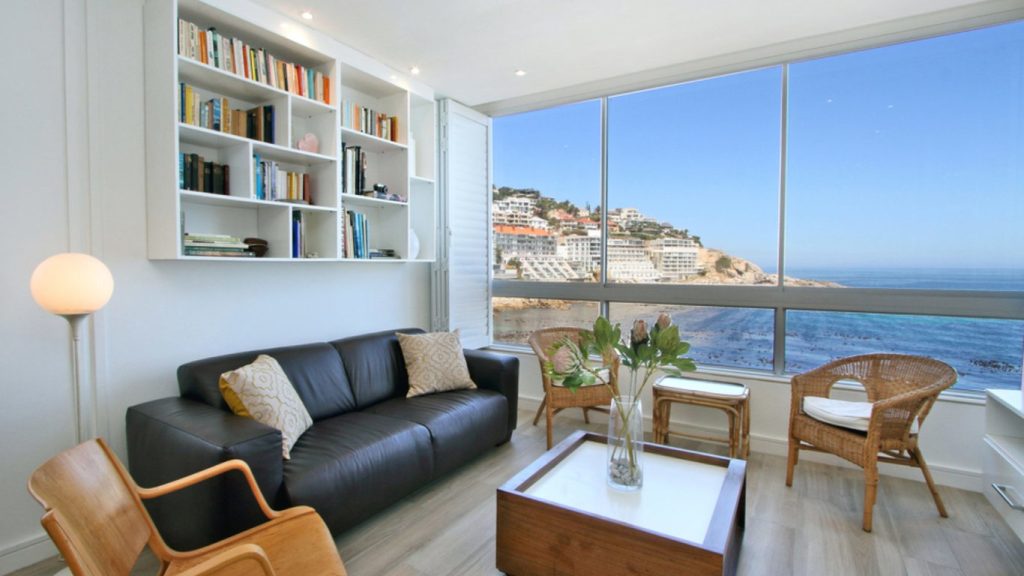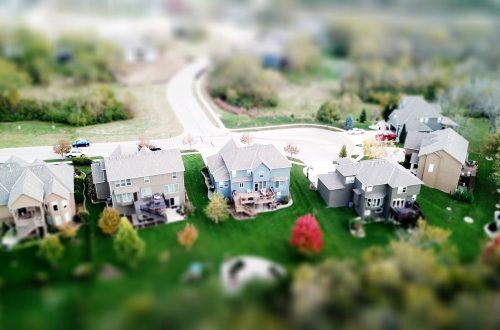In the evolving landscape of urban development, condominium projects are increasingly embracing a symbiotic relationship between residential living and commercial spaces. This integration reflects a shift in consumer preferences and urban planning paradigms, as developers seek to create vibrant, mixed-use communities that cater to diverse needs and lifestyles. By incorporating retail establishments within residential buildings, developers not only maximize land usage but also enhance the overall quality of life for residents. One of the primary benefits of integrating commercial spaces into condominium developments is the convenience it offers to residents. From grocery stores and cafes to fitness centers and pharmacies, having essential amenities within walking distance eliminates the need for long commutes and fosters a sense of community. Residents can easily access everyday necessities and services without leaving the comfort of their neighborhood, promoting a more sustainable and efficient lifestyle. Moreover, the presence of commercial establishments can contribute to the vibrancy and vitality of the community, transforming residential complexes into bustling hubs of activity. Beyond convenience, the integration of retail spaces can also enhance the aesthetic appeal and functionality of condominium developments.

Well-designed commercial areas can serve as focal points within the building, creating inviting environments that encourage social interaction and leisure activities. Parktown Residences landscaped courtyard with outdoor seating or a boutique-lined promenade, these shared spaces add character and charm to residential communities, elevating the overall living experience. Additionally, integrating retail amenities can increase property values and attract prospective buyers or renters seeking a dynamic and inclusive lifestyle. Furthermore, condominium developers are recognizing the economic advantages of incorporating commercial spaces into their projects. By diversifying revenue streams, developers can mitigate risks associated with fluctuating market conditions and generate steady income beyond residential sales or rentals. Retail tenants provide a stable source of income through lease agreements, while also contributing to the long-term viability and sustainability of the development. Additionally, commercial spaces can serve as anchor tenants, drawing foot traffic and enhancing the visibility of the condominium project within the surrounding area. In the context of urban revitalization and placemaking, the integration of retail amenities can play a crucial role in transforming underutilized or blighted areas into vibrant and desirable destinations.
By activating street-level storefronts and revitalizing neighborhood commercial corridors, condominium developments can contribute to the economic revitalization of urban communities. Retail establishments bring vitality and foot traffic to previously neglected areas, attracting additional investment and catalyzing further development. Moreover, mixed-use developments promote a more walkable and transit-oriented lifestyle, reducing reliance on private vehicles and promoting sustainable modes of transportation. However, successful integration of commercial spaces into condominium developments requires careful planning and consideration of various factors, including market demand, zoning regulations, and design principles. Developers must conduct thorough market research to identify viable retail concepts that align with the needs and preferences of residents and surrounding communities. Additionally, collaboration with local authorities and community stakeholders is essential to ensure that mixed-use developments enhance the urban fabric and contribute positively to the built environment. By embracing a holistic approach to urban design and development, condominium projects can serve as catalysts for creating vibrant, inclusive, and sustainable communities where residents can live, work, and play seamlessly.
